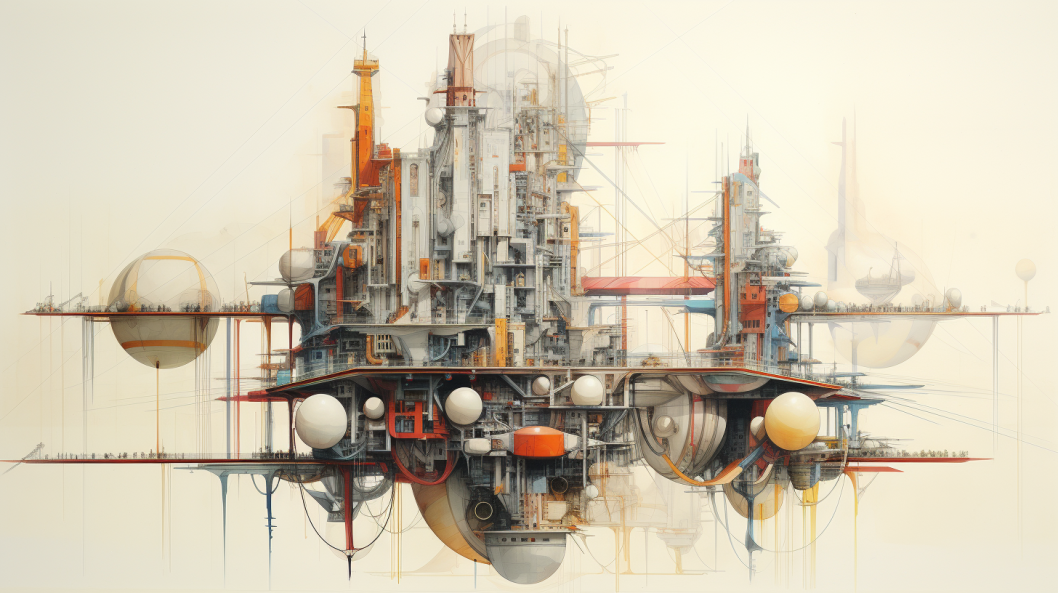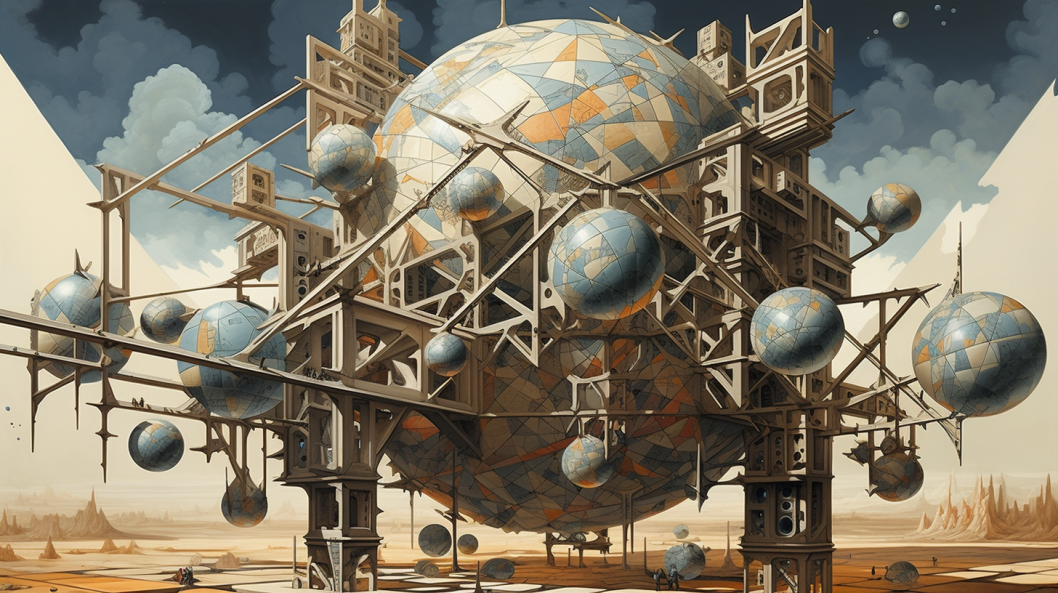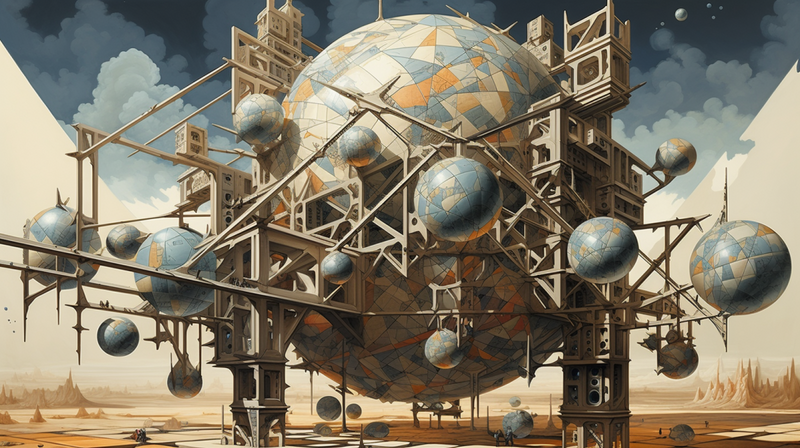In the ceaseless panorama of architectural and engineering development, the sublime fusion of art and science stands eternal, each epoch presenting its mosaic through structures that transcend mere functionality. Today’s edifices, notably the geometric giants, bear the undeniable imprints of advanced form-finding techniques, arching gracefully against skylines, and dictating a new era of aesthetics and sustainability. These structural behemoths, not only evoke awe for their aesthetic prowess but also illuminate the technical ingenuity nested within the guise of their external form.

Inception of Geometric Giants
Geometric giants rise from the symbiosis of aesthetic value and a penetrating understanding of geometric forms, both of which are instilled into a functional structure. Originating from a realm where science and creativity converge, these giants symbolize the prodigious outcomes of engineering, math, technology, and design, creating not just buildings, but timeless monuments of human achievement. The inception of these structures can be mapped along with the evolution of form-finding techniques that guide engineers and architects to explore and define new spatial possibilities.
Advanced Form-finding: An Unveiling
Advanced form-finding, in essence, is an exploratory journey towards unearthing shapes and structures that optimize certain parameters, such as material usage, load-bearing capacity, and spatial utilization, while often serendipitously discovering novel aesthetic possibilities. These techniques stretch across several mathematical and computational models, such as tension integrity structures (tensegrity), minimal surfaces, and dynamic relaxation methods. They steer design thoughts towards not only formulating structurally sound designs but also uncovering potential geometric and structural marvels.
One prominent application is in the engineering of tension structures, where form-finding ensures optimal force distribution across every iota of the material. The sculpted forms of tensile structures, often seen in awe-inspiring roofs and bridges, emanate from complex calculations and iterative simulations, which carefully balance stress, tension, and design.

Case Studies: Geometric Wonders
Consider the illustrious case of the Beijing National Stadium, colloquially christened the “Bird's Nest” – a paragon of intertwining aesthetics and precision engineering. The amalgamation of steel beams, each meticulously positioned, brings forth not only a visual spectacle but also an unparalleled structural soundness that amazes engineers and laymen alike.
Similarly, the captivating charm of the Guggenheim Museum in Bilbao is not merely a product of its voluptuous curves and shimmering façade, but also a testament to advanced geometric modeling and meticulous structural analysis, bringing forth a form that oscillates seamlessly between art and science.

Enabling Sustainability through Form-finding
In an epoch where the clamor for sustainability is not just warranted but indispensable, these geometric entities underscore a pivotal role. Advanced form-finding isn’t merely about discovering shapes; it extends into the realm of sustainable development by optimizing material usage, minimizing waste, and ensuring energy efficiency through innovative design. The sinuous facades and opulent surfaces, apart from bewitching observers, also function to exploit natural light, facilitate passive cooling, and thereby, ushering these structural marvels towards reduced carbon footprints.
Challenges and Future Trajectories
Despite the euphoric advances, challenges in material science, computational limits, and economic viability perpetually dance in parallel with the progress. The necessity to render these geometric giants as not just symbols of affluent societies but accessible and utilizable architectures for all socioeconomic strata becomes paramount.
Looking into the future, we foresee a trajectory where these advanced form-finding techniques will permeate deeper into the realms of smart cities, bio-mimicry, and adaptive living spaces. The geometric giants of tomorrow will not only be admired for their scintillating forms but also for their ability to embody an amalgam of resilience, sustainability, and undulating beauty.
The geometric giants, born from the womb of advanced form-finding techniques, stand as sentinels of human achievement in synthesizing art, science, and sustainability. As we march into the future, these structures prompt us to ponder upon the limitless possibilities, inspiring generations of engineers, architects, and dreamers to sculpt their visions into the physical realm. Thus, we build, not just structures, but timeless testimonies of our incessant quest towards intertwining beauty, functionality, and endurance into the very sinews of our built environment.

